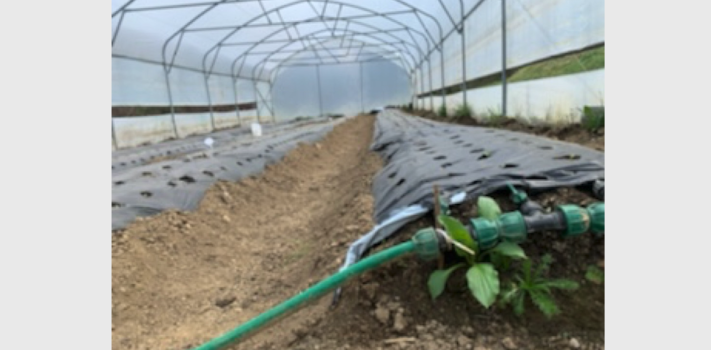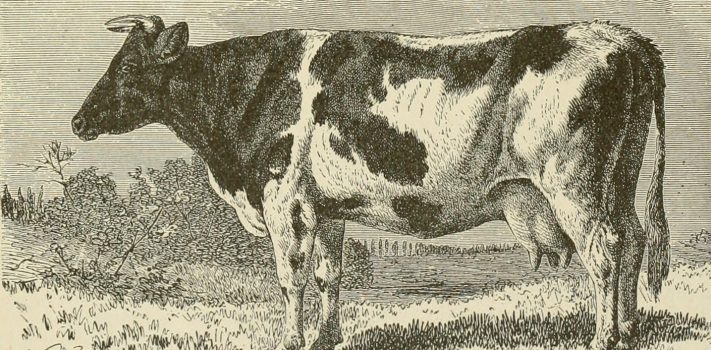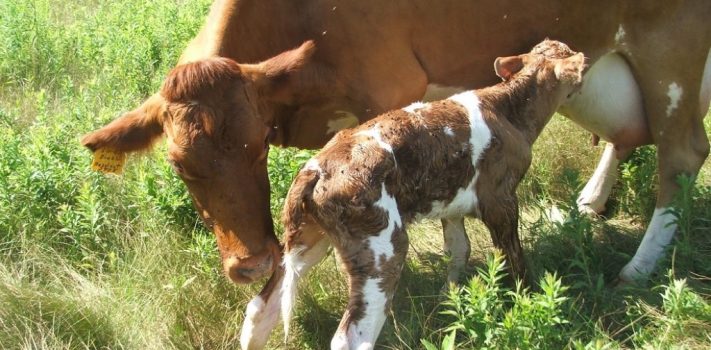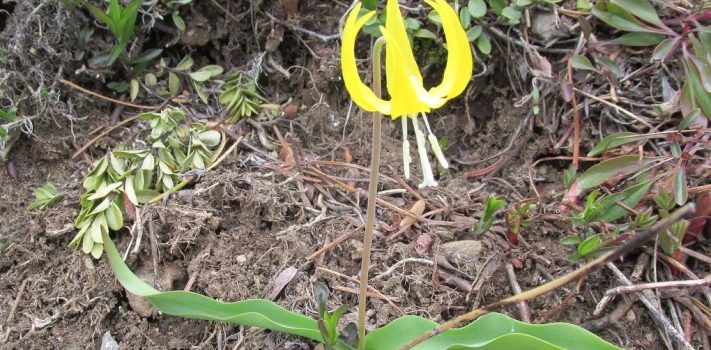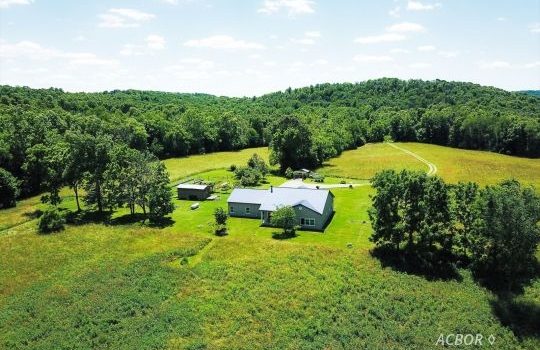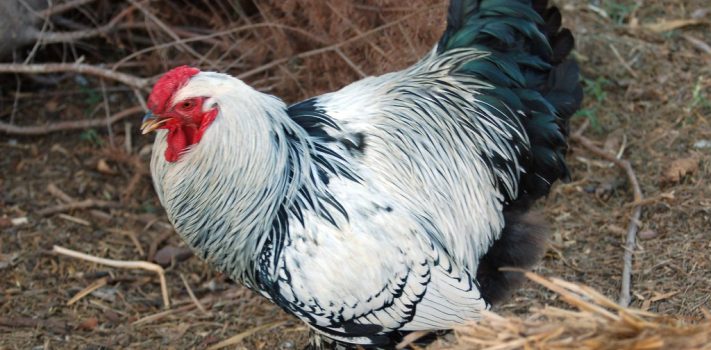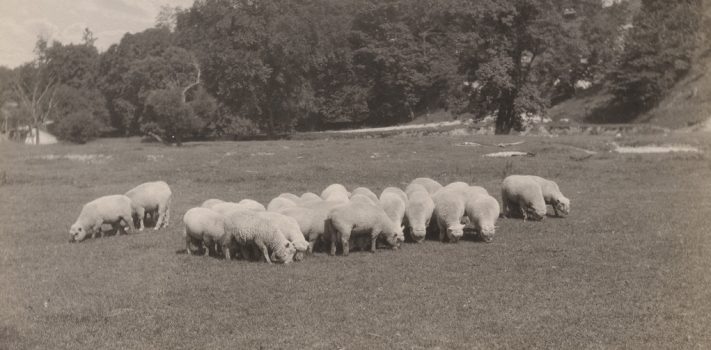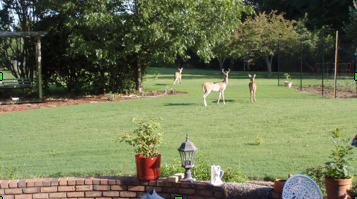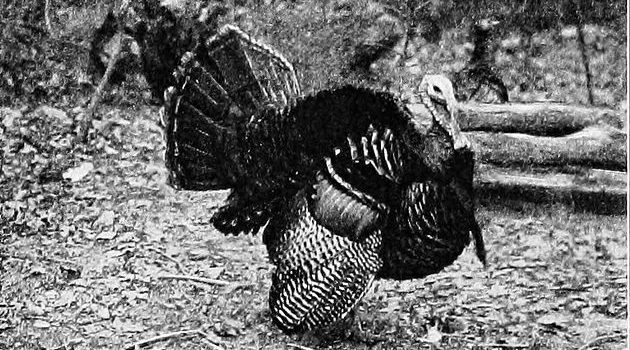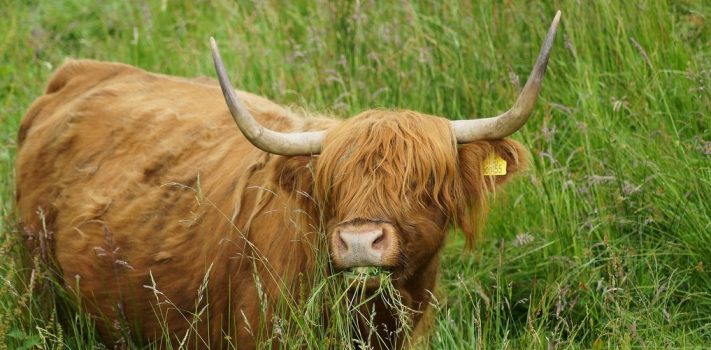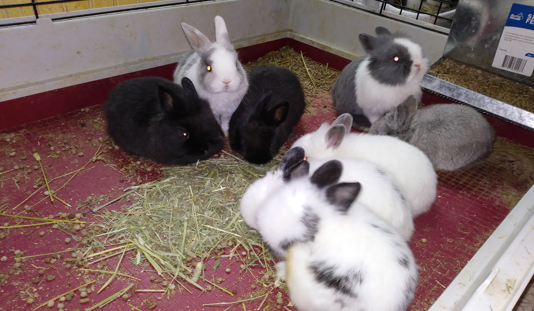An Ex-Pat Homesteading Croatia, by Robert S.
I have moved to Croatia from Israel to join a self-sustaining farmer in building an organic permaculture homestead. I would love to share with you today my homesteading experience in a few categories. I hope something of this can help somebody with something, I am young and learning all the time so forgive me if the info is not relevant. Health The usage of organic foods as preventive medicine is a key but nevertheless when overstated in any direction can be overused. We produce our own meat eggs cheese and vegetables. Consume Curcuma on daily basis mixed with oil and …

